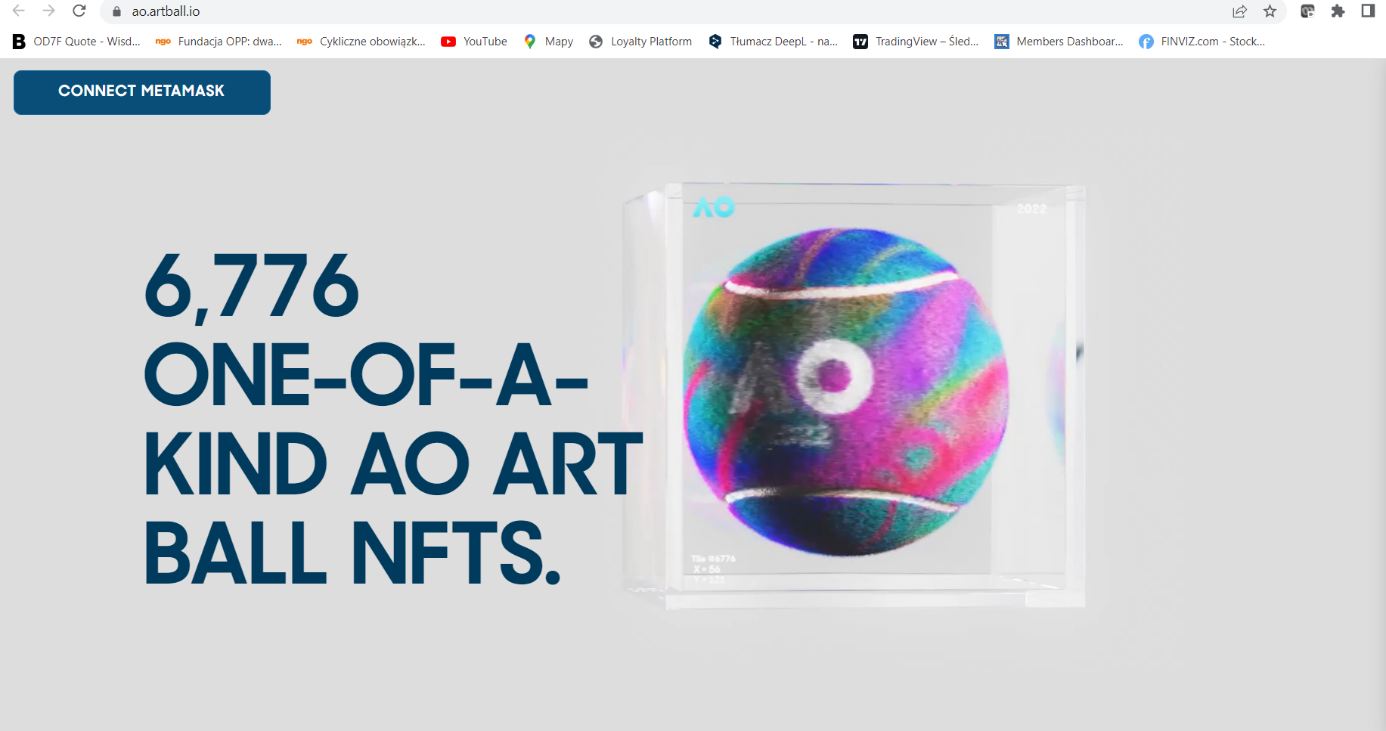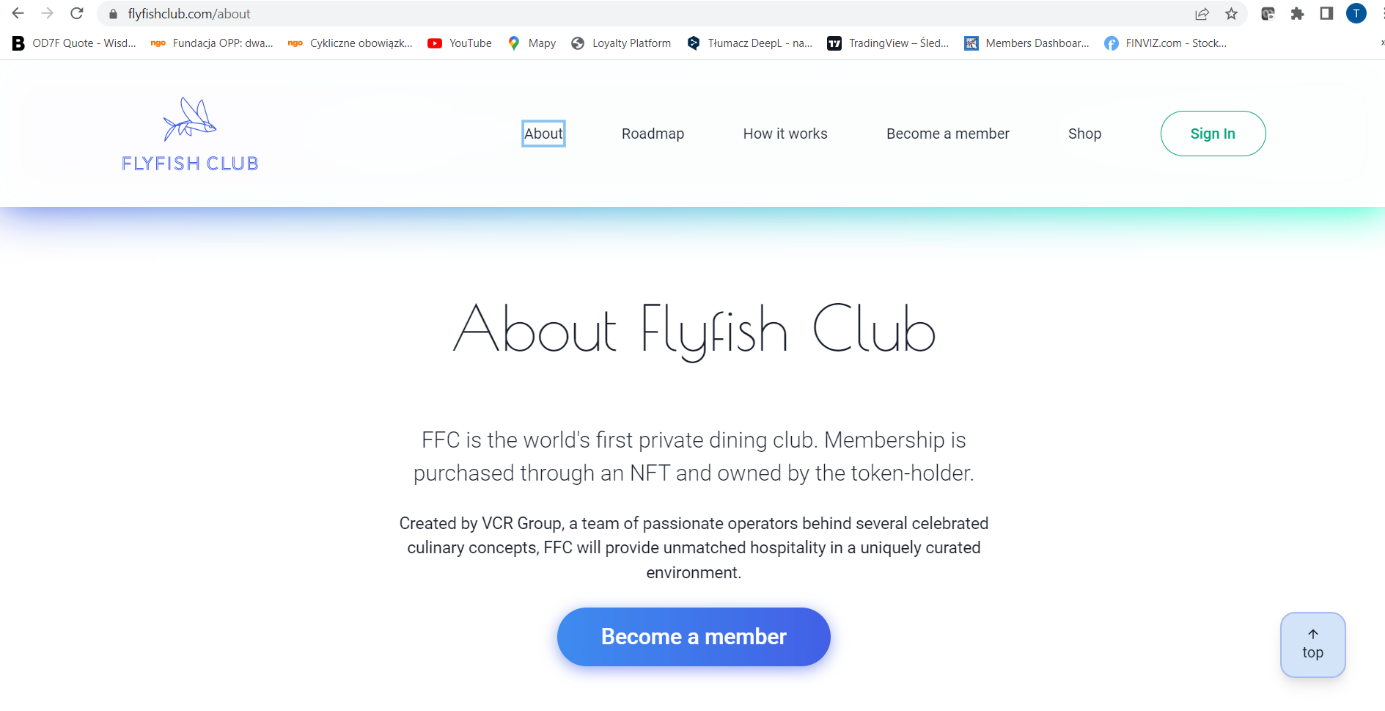The metaverse in loyalty programmes. And much more.
The concept of the metaverse had been familiar to fans of Neal Stephenson’s science fiction since the 1990s. That is, until Facebook changed the name of the company to Meta. The whole world suddenly started searching for information about the meaning of the term. The scale of the growth is shown by a graph of searches for the word ‘metaverse’ on Google.
What is the metaverse?
What is the metaverse? Zuckerberg leads us to believe that we will begin to tire of social media, video games and 2D streaming sites as we know them today, and that the future will belong to the creators of 3D digital platforms, virtual reality (VR) games and films that we will become part of. Thanks to the metaverse. Or maybe not ‘thanks to’, but ‘in’ the metaverse?

Source: https://investorplace.com/hypergrowthinvesting/2021/11/metaverse-catalyst-on-the-horizon/
Digital technology, the benefits of which we have been enjoying for years, despite its ubiquity, has so far been used piecemeal for purposes that are designed to meet needs or improve real-world processes. The Metaverse changes this approach, as it makes the use of technology fully holistic. So what is the Metaverse? Wikipedia defines the term in a way that is, to put it mildly … gibberish: In futurism and science fiction, the metaverse is a hypothetical iteration of the internet as a single, universal and immersive virtual world that is facilitated through the use of virtual reality and augmented reality headsets (Source at link). Well, there you have it. So what is the metaverse?
What appeals to me best is the description I found on Advertising Week, which I quote in the original:
With a growing millennial population where half of them have grown up with video games, e-sports, and social media, many of them see the emerging metaverse as a modern day mall; a connected world where they can hang out, shop and socialise.
And also this from a J.P. Morgan study:
The metaverse is a seamless convergence of our physical and digital lives, creating a unified, virtual community where we can work, play, relax, transact and socialise.
(Sources in links)
Intersection of the virtual world and the metaverse
To understand the phenomenon of the popularity of ventures such as Gucci Gardens, Vans World, Nikeland, J.P. Morgan’s Onyx lounge, and other examples of the first attempts to appropriate virtual space, it is first necessary to clarify what Roblox, Decentraland, The Sandbox, Somnuim Space and Cryptovexels are, and to understand the reasons for their popularity. To avoid wandering too far off topic, I want to focus on discussing a few examples of promotional and loyalty implementations, relegating the issue of branding to the background. Here are a few of them.
Examples of loyalty and promotional activities in the metaverse
Qatar Airways has developed Qverse – mapping the passenger experience at Doha Hamad Airport, the capital of Qatar, and the different cabin categories of Economy, Business and First Class by mapping the airport infrastructure, lounge and aircraft interior in the metaverse, before they even begin the ticketing process. The current functionality, familiar to anyone who has bought airline tickets at least once, based on images that are accessed in one of the final stages of booking tickets, will be replaced by a completely new approach to enhance the passenger experience. It is not difficult to imagine that this technology will also change how we decide on our choice of hotel room.

Source: https://www.qatarairways.com/html/redirect/qverse/#/transit-boarding
Usually, while we are discussing the metaverse, the term NFT (non-fungible token) will come up in the conversation. Here at least Wikipedia is able to help, as it provides a comprehensible definition. According to it, a non-fungible token (NFT) is:
a unique digital unit of data based on the blockchain architecture that protocol users can trade with each other, representing a wide range of tangible and intangible objects such as collectible sports cards, virtual real estate or virtual works of art. NFT is a type of crypto token. Unlike other tokens and cryptocurrencies, all NFT tokens are characterised by indivisibility and non-convertibility. No two NFT tokens represent the same string of data. NFTs have their roots in the ecosystem Ethereum where they first appeared. Ownership of a given token does not entitle us to copyright the object it represents. For this, a proper legal contract is needed. An artist can sell an NFT token representing his or her work, but not transfer the rights associated with the change of ownership to the buyer. In this sense, NFT tokens are separate from copyright.
(source: https://pl.wikipedia.org/wiki/Niewymienny_token)
An interesting application of NFTs in promotional activities comes from the Australian market. The organisers of the Australian Open prepared (and sold out within 4 hours of the launch of the sale) NFTs as part of The AO Art Ball campaign in which 6776 digital tennis balls (each in a unique design) were designed into 3 categories, including those that referred to the history of the tournament or were designed by famous artists. Each ball was assigned to one of the 6,776 fields on which the tennis court was divided. During the tournament, every time a ball hit the field of the tennis court that the promotion participant’s NFT was assigned, he or she received points and a number of privileges related to the fan experience itself. There were 11 original balls for the winners, with which the final matches of the competition were played.

Source: https://ao.artball.io/
As can be seen from the case study above, NFTs can be expected to be used in the form of paid membership (e.g. tickets) in a world accessible to fans of a given enterprise (in addition to those with a collector’s flair), as invitations to events prepared for a closed group of VIPs of all kinds, and as passes to virtual events like webinars, training courses, etc. Do you want examples? Here we go. Long before opening in New York, the owners of the Flyfish Club restaurant sold memberships in the form of NFTs, whose value on the secondary market have reached amounts over USD 25,000. Why the interest? Flyfish Club is no ordinary restaurant, it is a venture described as ‘the world’s first members only private dining club’, with Gary Vaunerchuk – entrepreneur and author of several bestsellers such as ‘Crush it!’ and ‘The Thank You Economy’ – among others, behind it. And the privilege of dining at this restaurant is conditional on owning one of these NFTs. ‘How much is the membership?’ is the question. There are two levels: Flyfish (at 2.5 ETH) and Flyfish Omakase (at 4.25 ETH) – you didn’t think the price would be in dollars, did you? But to make it easier, the ETH exchange rate on the day of writing this is just under USD 2,000. So, 4.25 ETH is equivalent to USD 8500. What’s more, the number of NFTs – and thus future visitors – is limited to just over 3,000 units. This is why the secondary market outbidding on the NFT price was a factor of 3.5 times. There could hardly be a better example of the unrivalled popularity of the NFT.

Source: https://www.flyfishclub.com/about
For the worlds of loyalty programmes and the metaverse to start intermingling, it is essential that the assimilation of e-commerce into the metaverse takes place first. It is only then that anyone can seriously start to consider how to transfer the two fundamental pillars of loyalty, i.e., value and experience, to the new reality that I am trying to briefly discuss in this text. As a complete aside – an interesting question is whether e-commerce in the metaverse will sell real or virtual products. In a word, whether we will be buying shoes there is, for us, an example or something for… our avatars. But this is a topic for a separate text.
Interestingly, most of the serious studies on the metaverse are prepared by investment banks. Both J.P. Morgan and Morgan Stanley, to name a few examples, have prepared in-depth studies on the issue. Why? The statistics given in the study ‘Opportunities in the metaverse. How businesses can explore the metaverse and navigate the hype vs. reality’ speak for themselves. The annual market value of virtual items which can only be used in the metaverse – i.e., the type of clothing for an avatar, already exceeds USD 54 billion and the capitalisation of all NFTs issued is USD 41 billion.
Summary
While I do not believe that everyone in Europe will follow the example of US citizens in spending time in virtual spaces derived from the world of games, putting on bulky virtual glasses or headphones after work, I am convinced that whoever proposes the first commercial implementation of promotional or loyalty activities using the metaverse in the real world in which we live will enjoy the right of first refusal.
3

